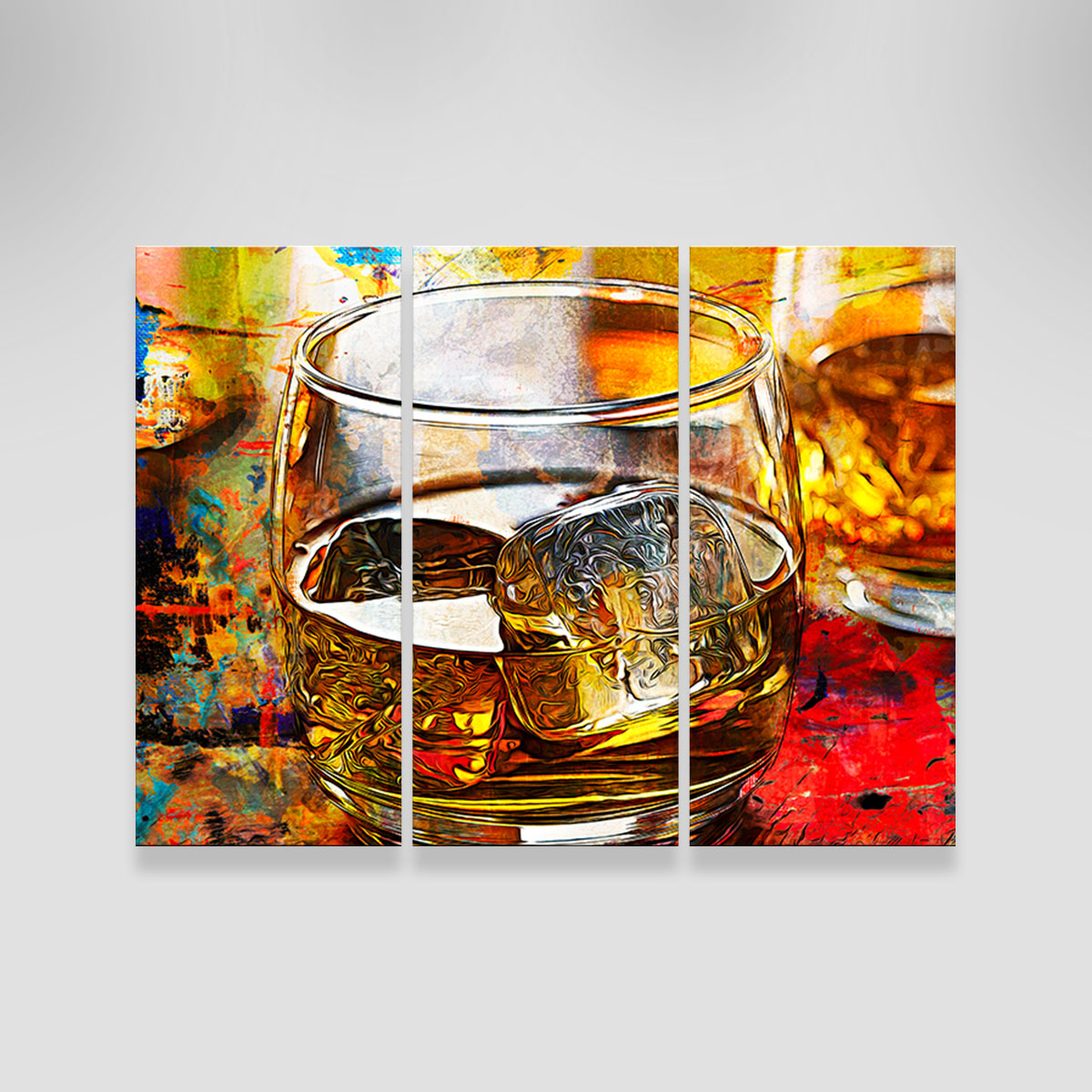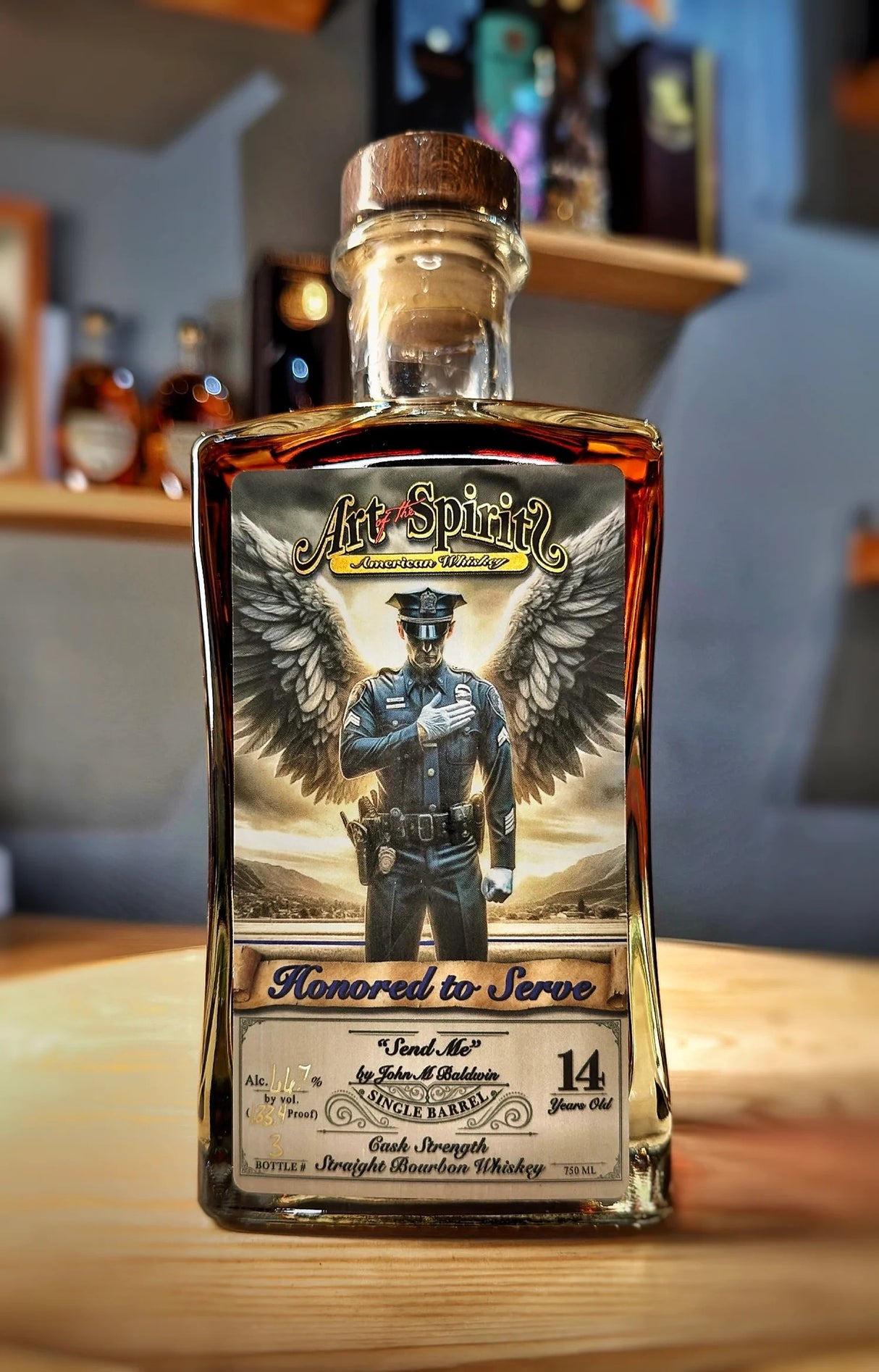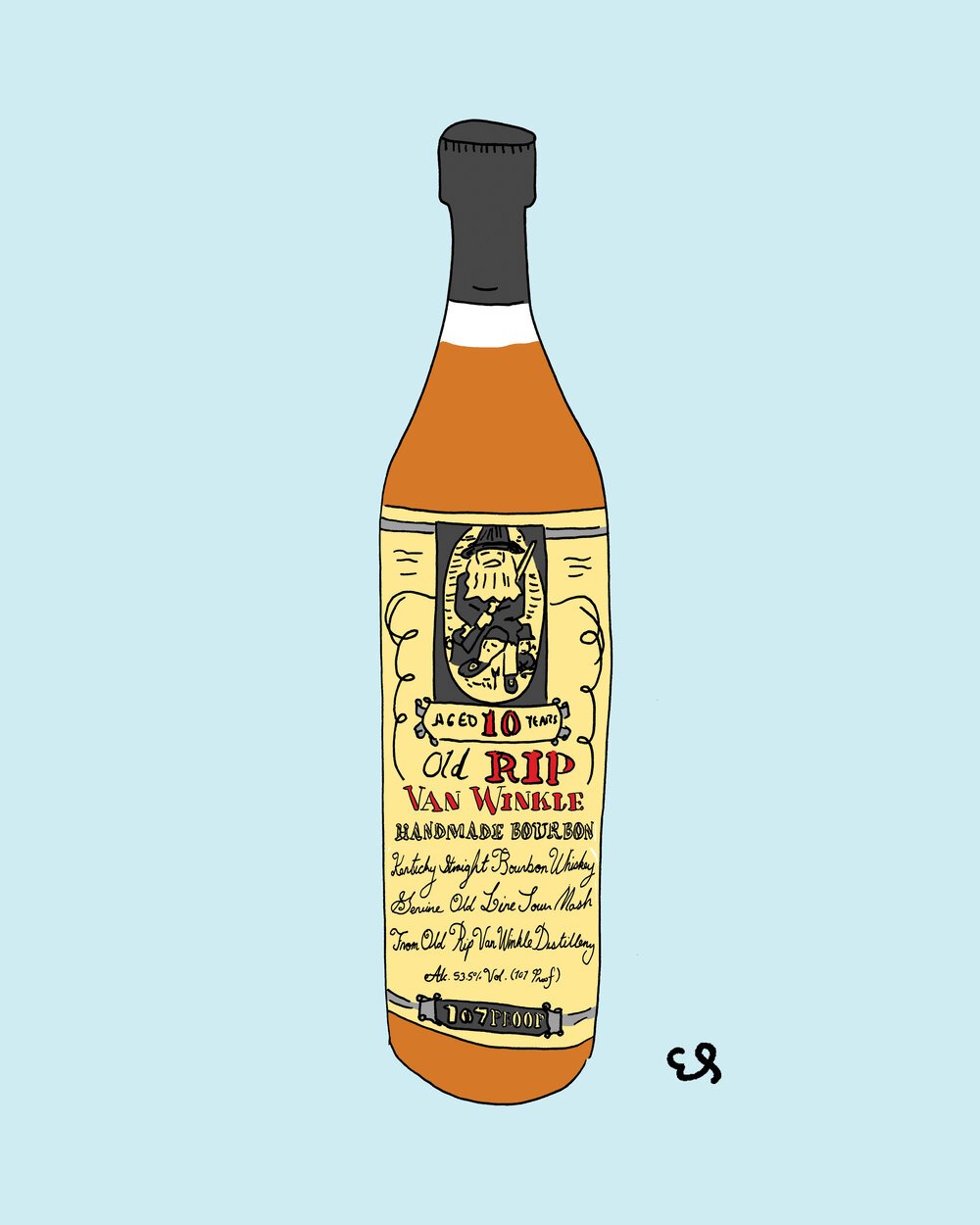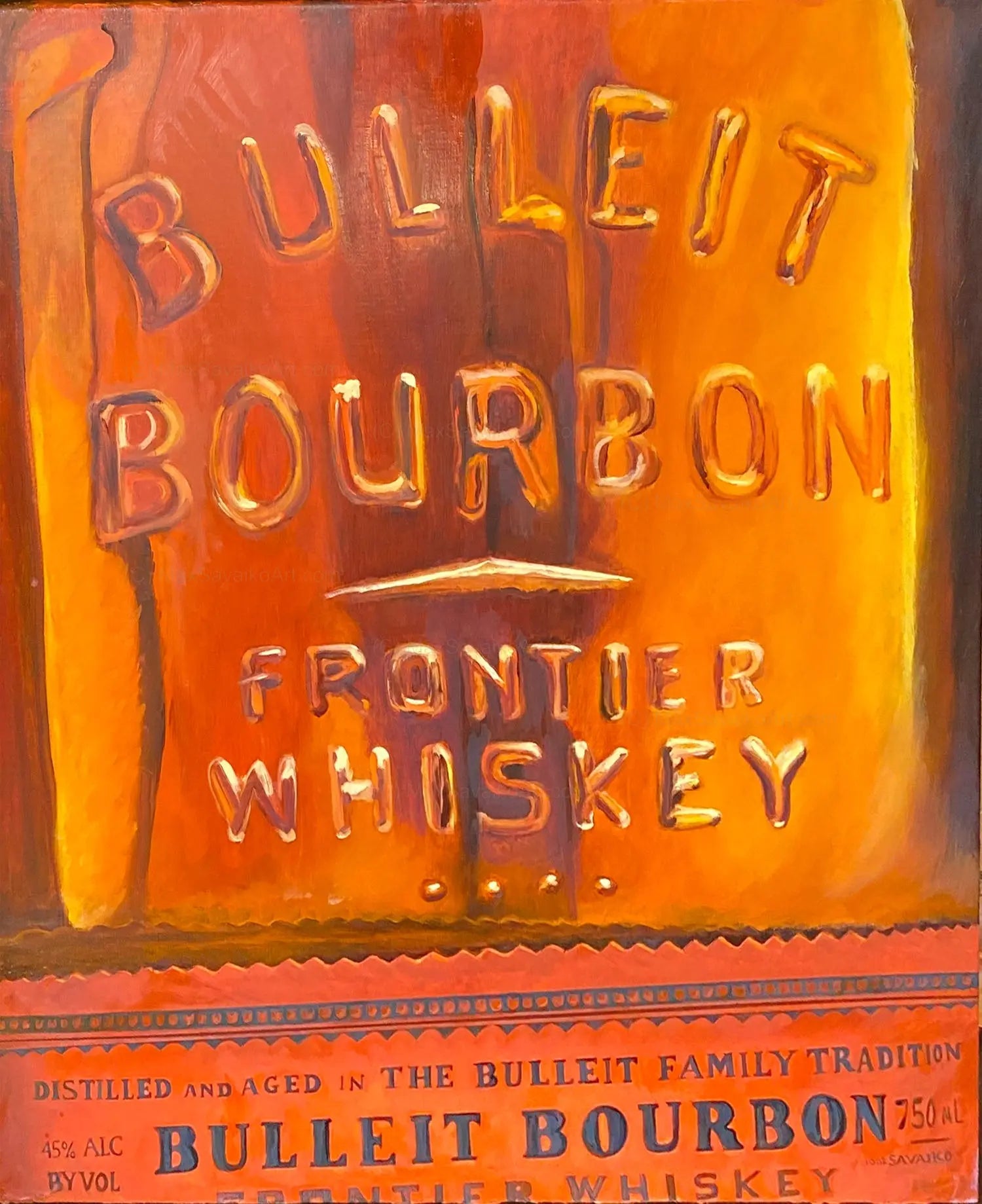Introducing the Elegance of Bourbon Art: A Homage to Craft Distillers
Introducing the Elegance of Bourbon Art: A Homage to Craft Distillers
Blog Article
The Significance of Whiskey Art in Celebrating Heritage and Workmanship in the Beverage Sector
The complex connection between bourbon art and the party of heritage and workmanship within the drink market can not be overstated. Through attentively designed labels and bottles, whiskey brands envelop their historical origins and the artisanal skills that specify their production techniques. This artistic measurement not just improves market appeal yet likewise offers as an avenue for social storytelling, fostering a much deeper link between the customer and the craft. As we check out the various facets of this subject, fascinating concerns regarding the influence of modern trends on traditional methods arise, triggering further evaluation.
The Historic Origins of Whiskey
At the heart of scotch's attraction exists an abundant tapestry of historical origins that trace back to ancient civilizations. The beginnings of bourbon can be linked to the distillation practices of the Sumerians and Babylonians around 2000 BCE, where very early kinds of fermented grain drinks started to emerge. Nonetheless, it was in the Center Ages that the art of purification evolved dramatically, specifically in Ireland and Scotland, resulting in the creation of bourbon as we understand it today.
The term "whiskey" itself originates from the Gaelic word "uisce beatha," implying "water of life." This phrase emphasizes the social value of scotch in Celtic societies, where it was typically connected with routines, events, and public bonding. By the 15th century, distillation came to be an acknowledged craft within reclusive communities, paving the way for the establishment of lawful distilleries.
As profession courses expanded, scotch's appeal grew, transcending regional limits and catching the rate of interest of lovers worldwide. Realism Art. This historic journey mirrors not just the craftsmanship behind scotch manufacturing but likewise its important duty in cultural and social contexts, marking it as a significant drink throughout history
Artistic Expression in Branding
Bourbon branding stands as a compelling intersection of creativity and business, where visual identity plays a vital duty fit customer perception. The aesthetic appeals of whiskey labels, packaging, and advertising and marketing materials show not only the brand name's tale but also its core worths and heritage. Via artistic expression, distilleries share a narrative that resonates with consumers, evoking emotions and stimulating links.
The usage of shade, typography, and imagery in branding offers to set apart items in a saturated market. As an example, standard themes might stimulate a sense of credibility and craftsmanship, while modern-day designs can indicate advancement and forward-thinking. This calculated imaginative instructions enhances brand name acknowledgment and commitment, permitting consumers to create an individual relationship with the scotch they select.
In addition, creative expression in branding typically functions as an event of regional heritage. Distilleries regularly include neighborhood signs or historical references into their designs, producing a local color that welcomes consumers to take part in a broader cultural experience. Ultimately, the creativity behind bourbon branding not just improves visual appeal however likewise enhances the total narrative of the brand, cultivating a much deeper appreciation for the craftsmanship and heritage embedded in each bottle.
Craftsmanship in Bottle Design
The creativity evident in bourbon branding extends past aesthetic identity to incorporate the craftsmanship associated with container design. Each container works as a vessel not simply for the spirit within, but likewise for the tale it outlines its origin, custom, and high quality. The layout procedure needs thorough interest to detail, as elements such as form, closure, and material add considerably to the general perception of the bourbon.
Craftsmanship in container layout includes picking top notch glass that can boost the scotch's color and quality, while likewise providing a responsive experience for the customer. The shape of the container have to be both useful and aesthetically enticing, usually reflecting the heritage of the brand. Lots of distilleries go with one-of-a-kind forms or embossed logos that stimulate a sense of credibility and history.
Moreover, the tag layout and typography play a critical function in connecting the brand name's narrative. Realism Art. A well-crafted container not just captivates the customer's eye however also enhances the brand name's commitment to high quality and practice. In this way, the craftsmanship of container design becomes a vital element of the whiskey experience, combining creativity with a profound respect for heritage
Social Value of Whiskey Art
Celebrating tradition and craftsmanship, the cultural importance of scotch art transcends simple aesthetics, intertwining with the social and historical stories of the areas where it comes from. Each container functions as a canvas, depicting the one-of-a-kind stories, folklore, and practices that have shaped neighborhood whiskey-making techniques. The elaborate layouts frequently mirror the heritage of the distillers, incorporating signs and concepts that reverberate with the culture and values of their neighborhoods.

Furthermore, bourbon art plays a vital role in common gatherings and celebrations, offering as a tangible web link between people and their shared experiences. By appreciating the artistry in bourbon packaging, customers cultivate a much deeper understanding and respect for the craft, inevitably enhancing their satisfaction of the beverage itself.
Modern Trends in Scotch Presentation
Recently, the presentation of bourbon has actually developed to show modern preferences and fads while still honoring conventional craftsmanship - Whiskey Art. Distilleries are increasingly concentrating on aesthetic aspects that boost the general drinking experience, linking the void in between heritage and modernity
Ingenious container styles have emerged, typically including lasting materials and creative labels that inform compelling stories. Many brands currently team up with local artists, infusing great site their products with one-of-a-kind aesthetic expressions that resonate with consumers. In addition, limited-edition launches are often packaged in collectible containers, including worth and appeal for connoisseurs.

Verdict
In verdict, whiskey art offers as a vital conduit for expressing the heritage and craftsmanship intrinsic in the beverage sector. Through complex branding, ingenious container layouts, and culturally considerable artistic elements, whiskey brand names properly recognize their traditions and link with consumers.


Craftsmanship in bottle style involves selecting high-quality glass that can improve the scotch's shade and clearness, while additionally offering a responsive experience for the consumer. In this method, the workmanship of container design ends up being a vital element of the bourbon experience, merging creativity with an extensive regard for heritage.
In conclusion, whiskey art serves as a crucial conduit for revealing the heritage and workmanship intrinsic in the drink sector.
Report this page